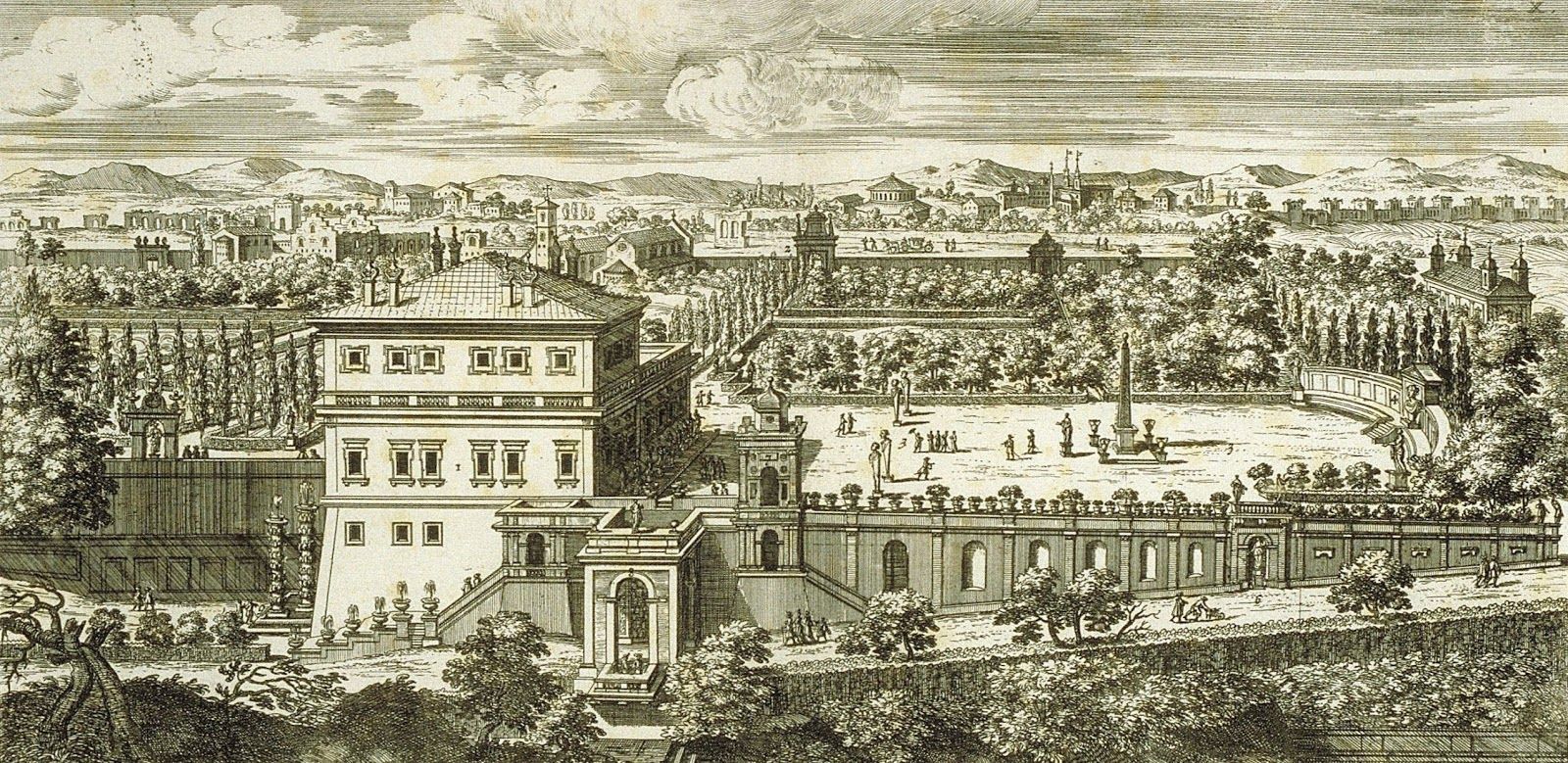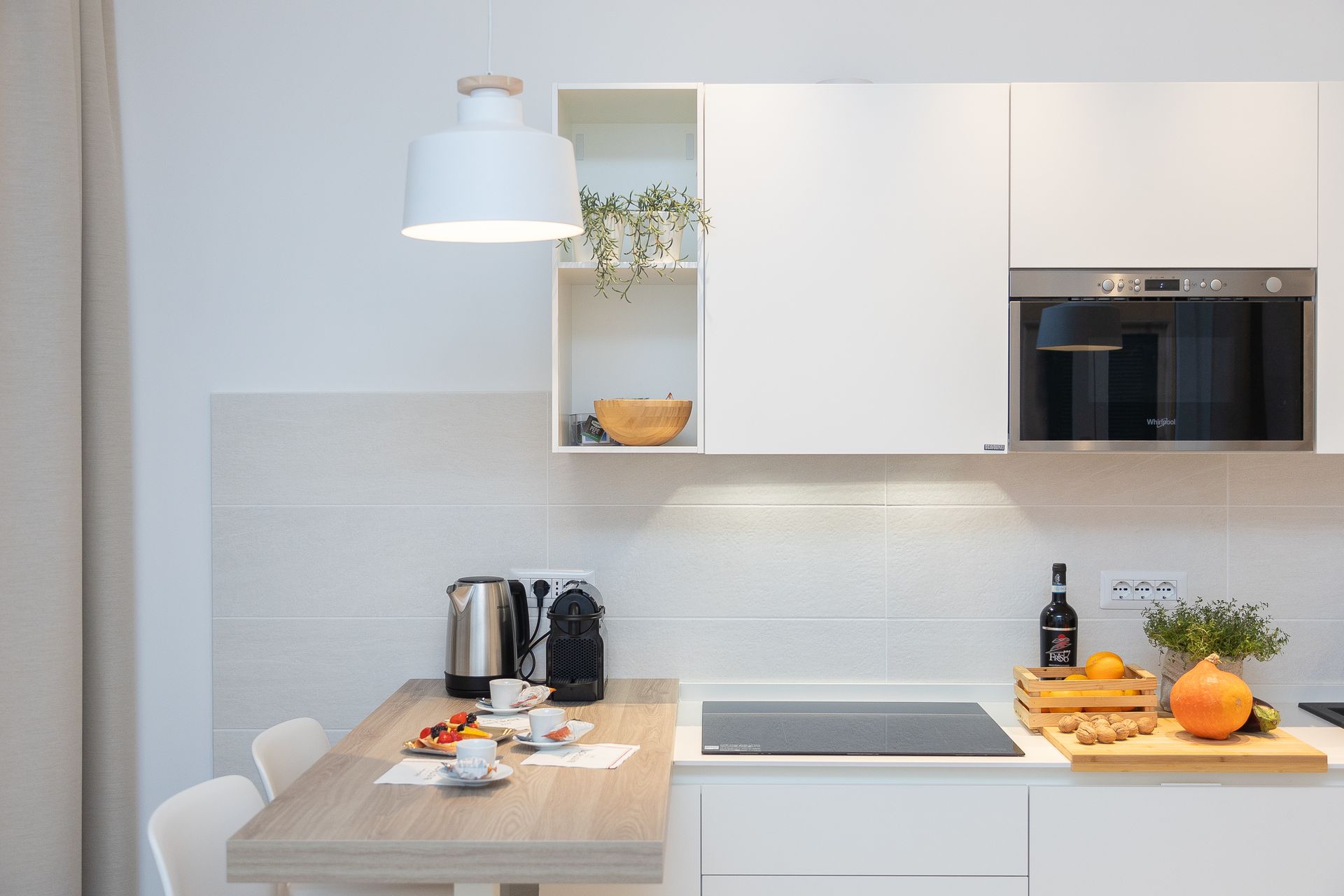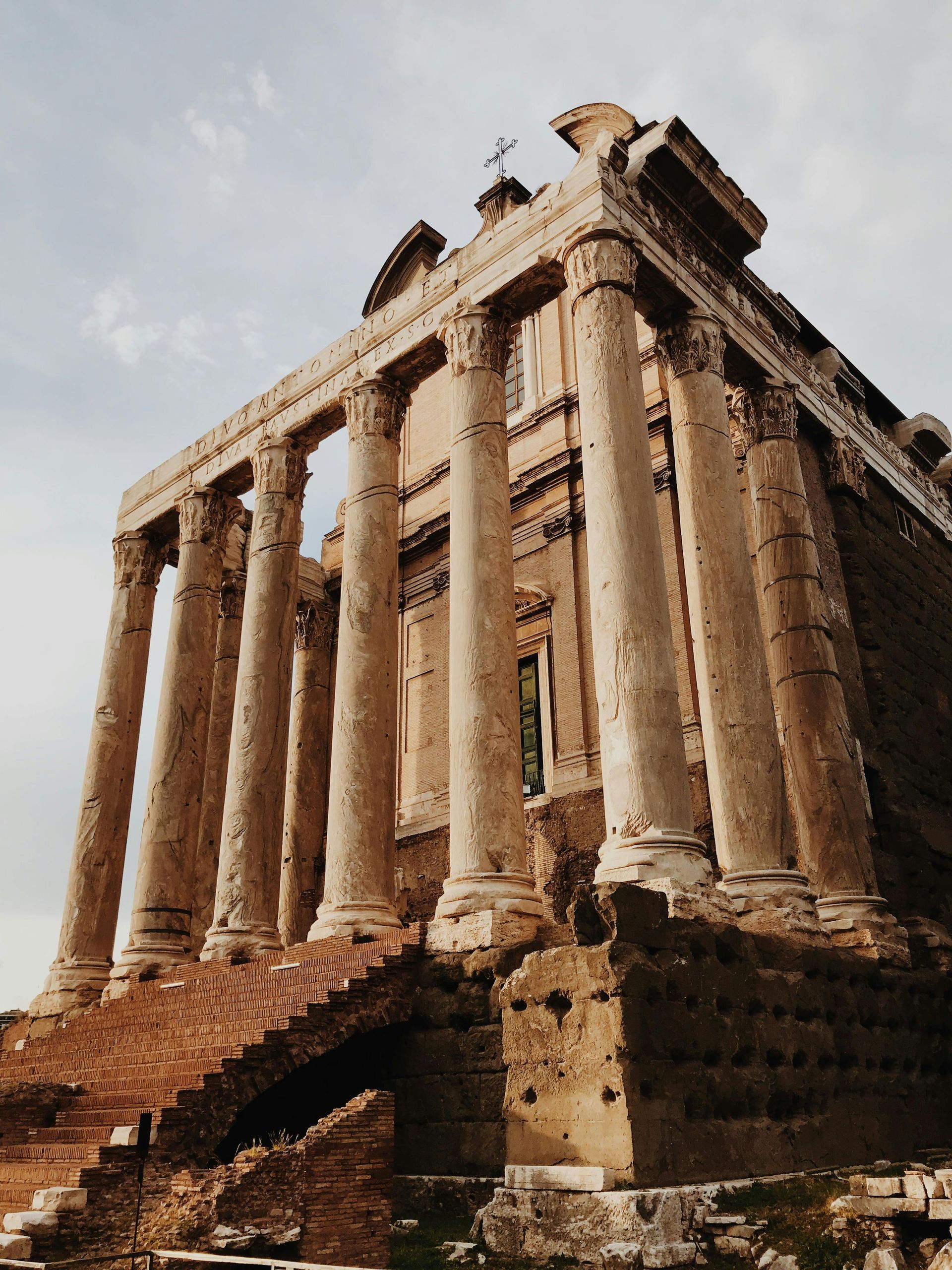The History of Architecture in the Celio District of Rome
The History of Architecture in the Celio District of Rome
The Celio district, located in the heart of Rome, represents an authentic journey through centuries of architectural history. This area is rich in monuments, historic buildings, and archaeological remains that testify to the urban evolution of Rome from ancient times to the present day.
From the Origins to the Imperial Age
Celio takes its name from Mons Celius, one of the seven hills on which Rome was founded. Already densely inhabited during the Republican era, it reached its peak under the Roman Empire. This area housed the luxurious domus of important senators and generals, some of which are still visible in the underground remains of the Basilica of Saints John and Paul, featuring frescoes dating back to the 3rd century AD.
The district was also home to grand public structures, including the Castra Peregrina, a military barracks for foreign troops, and the Temple of Claudius, an imposing sanctuary built to honor the deified emperor. Traces of these structures can still be observed integrated into later buildings.
One of the district's most iconic structures is undoubtedly the Colosseum, located at the edge of Celio. While not technically part of the district, its impact on the surrounding architecture is undeniable, influencing the layout of roads and buildings in the vicinity. The Ludus Magnus, the largest gladiatorial training school in Rome, also stood here, further cementing Celio's connection to the city's entertainment and military infrastructure.
Paleochristian and Medieval Influence
With the spread of Christianity, Celio became a major religious center. Several basilicas were built, including the Basilica of San Clemente, an architectural masterpiece layered on multiple levels that showcases the city's evolution, from an ancient 2nd-century Mithraeum to the upper church constructed in the 12th century.
Other notable buildings include the Basilica of the Santi Quattro Coronati, with its evocative medieval cloister, and the Basilica of Santo Stefano Rotondo, a rare example of a circular Paleochristian church. The area also saw the construction of early Christian houses of worship, many of which were built over older Roman structures, illustrating the transformation of the city from a pagan to a Christian capital.
Monasteries and fortified ecclesiastical complexes, such as the Monastery of San Gregorio al Celio, played an essential role in the medieval period, offering refuge and governance over the district. The fortified nature of these structures reflects the turbulence of medieval Rome, with constant conflicts between noble families and religious institutions.
Renaissance and Baroque: New Transformations
During the Renaissance and Baroque periods, Celio witnessed the construction of new religious buildings and the renovation of existing ones. The influence of architects such as Borromini and Bernini can also be felt in this district, with elaborate decorations and innovative architectural solutions.
The gardens and villas that emerged in this period, such as Villa Celimontana, became retreats for the Roman aristocracy. Originally built on the site of ancient Roman structures, the villa still preserves relics of past civilizations within its grounds, including obelisks and sculptures.
Monasteries and hospitals were also established during this period, including the famous Hospital of San Giovanni, which still plays a crucial role in the city's healthcare system today. These institutions highlight the district's ongoing importance in social and public welfare initiatives.
From the 19th Century to Today: A District Between Past and Modernity
In the 19th and 20th centuries, Celio underwent significant urban transformations. With the Unification of Italy and the subsequent expansion of Rome, new buildings were constructed, many of which were designated for public administration and healthcare services. Despite these modernizations, the district has managed to preserve its historic character, retaining its alleys, squares, and basilicas.
The construction of military barracks and government buildings altered part of the district’s fabric, but many of its ancient and medieval monuments were carefully preserved. The development of archaeological parks and the integration of historical sites into urban planning ensured that Celio remained an essential cultural and historical hub.
Today, Celio is a fascinating district where the ancient blends harmoniously with the modern. Its cobbled streets, hidden gardens, and breathtaking views of the Colosseum make it an ideal place to discover the true soul of Rome. The neighborhood is also home to a variety of cultural institutions, small artisan shops, and traditional trattorias that maintain its authentic atmosphere. The integration of modern infrastructure, such as tram lines and pedestrian-friendly areas, has made it even more accessible to visitors who seek to experience its historical richness.
Conclusion
The Celio district is a living testimony to Rome's architectural history. Each era has left its mark, creating a unique mosaic of styles and influences. From grand imperial residences and ancient military structures to medieval fortifications and Renaissance gardens, Celio is a neighborhood where history unfolds at every turn. Visiting this area means immersing oneself in history, walking through centuries of architecture, and admiring some of the city's most fascinating monuments. A must-see destination for anyone seeking to discover the authentic and timeless beauty of Rome.


















